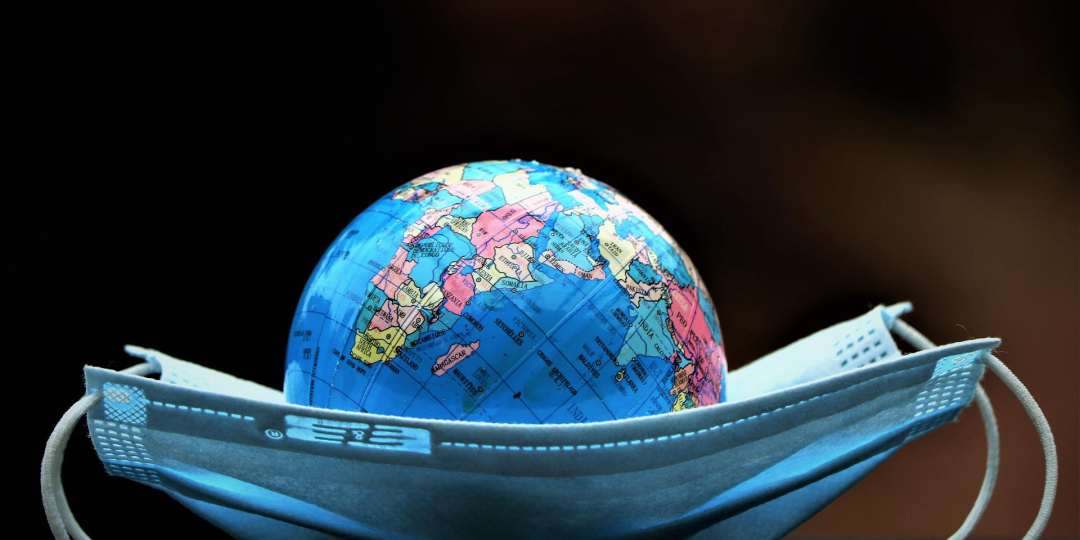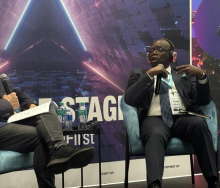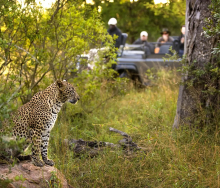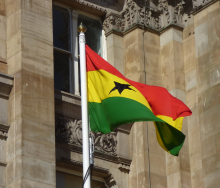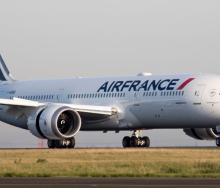The World Health Organization (WHO) has now declared the end of the COVID-19 global public health emergency. But it warned that the disease remained a threat.
Delivered at a press conference last Friday, May 5, the announcement by WHO Director General Dr Tedros Adhanom Ghebreyesus, came more than 39 months after WHO first declared a public health emergency of international concern on January 30, 2020 over a mysterious respiratory virus that had emerged in Wuhan in China.
Ghebreyesus warned that the disease remained a threat, along with multiple other stressors threatening global health and security – from climate change to weak health systems. Taken together, these could soon lead to yet another pandemic if not forcefully addressed, he said.
A new ‘Pandemic Accord’ is currently being negotiated by WHO member states, and Ghebreyesus urged more speed in finalising this, as well as agreeing to revisions in WHO’s existing International Health Regulations to transform the suffering of COVID-19 into “meaningful and lasting change” along with a commitment to future generations that the world would not go back to the old cycle of panic and neglect.
He quoted a death toll of seven million but conceded a likely actual death toll of close to 20 million. He warned the countries of the world not to let down their guard, saying the virus was here to stay.
“COVID has been so much more than a health crisis,” Ghebreyesus observed. “It has caused severe economic upheaval, shaving trillions from GDP, disrupting travel and trade, shattering businesses and throwing millions into poverty.
“It caused severe social upheaval, with borders closed, movements restricted and schools shut, and millions of people experiencing loneliness, isolation, anxiety, and depression.
“COVID-19 has exposed and exacerbated political lines within and between nations.
“It has eroded trust between people, governments and institutions, fuelled by a torrent of myths and misinformation. And it has laid bare the searing inequalities of our world – with the poorest and most vulnerable communities the hardest hit and the last to receive vaccines and other tools.”
